Lean steel
Lean steel
Willkommen zum Glossar Eintrag für den Begriff Lean Steel. Wenn Sie sich mit der Stahlproduktion und dem Stahlhandel befassen, ist es wichtig, die verschiedene Typen von Stahl zu kennen. Einer von ihnen ist Lean Steel.
Was ist Lean Steel?
Lean Steel ist ein Begriff, der in der Eisen- und Stahlindustrie verwendet wird, um einen Stahltyp zu bezeichnen, der einen sehr niedrigen Kohlenstoffgehalt aufweist. Mehr noch, Lean Steel enthält oftmals auch geringe Mengen an zusätzlichen Elemente wie Mangan.
Wo wird Lean Steel verwendet?
Die Anwendungsgebiete von Lean Steel sind vielfältig. Dank seines niedrigen Kohlenstoffgehaltes ist Lean Steel leicht zu verarbeiten und formen. Daher wird dieser Stahltyp oft in der Automobil- und Bauindustrie eingesetzt.
Vorteile von Lean Steel
Die Vorteile von Lean Steel sind vor allem seine Formbarkeit und sein geringes Gewicht. Da Lean Steel nur einen niedrigen Kohlenstoffgehalt hat, ist er besonders widerstandsfähig gegen Verformungen. Außerdem ist er leichter als andere Stahltypen, was ihn zu einer guten Wahl für Projekte macht, bei denen das Gewicht eine Rolle spielt - wie zum Beispiel im Fahrzeugbau.
Nachteile von Lean Steel
Es ist auch wichtig, die Nachteile von Lean Steel zu kennen. Aufgrund des niedrigen Kohlenstoffgehalts, kann er nicht so hart wie andere Stähle werden. Daher ist er nicht die beste Wahl für Anwendungen, bei denen extreme Härte gefordert ist, wie zum Beispiel bei der Herstellung von Schneidwerkzeugen.
Wir hoffen, dass Sie durch diesen Glossar Eintrag ein besseres Verständnis für den Begriff 'Lean Steel' und seine Anwendung in der Stahlproduktion und im Stahlhandel erlangt haben.
Blog Posts with the term: Lean steel
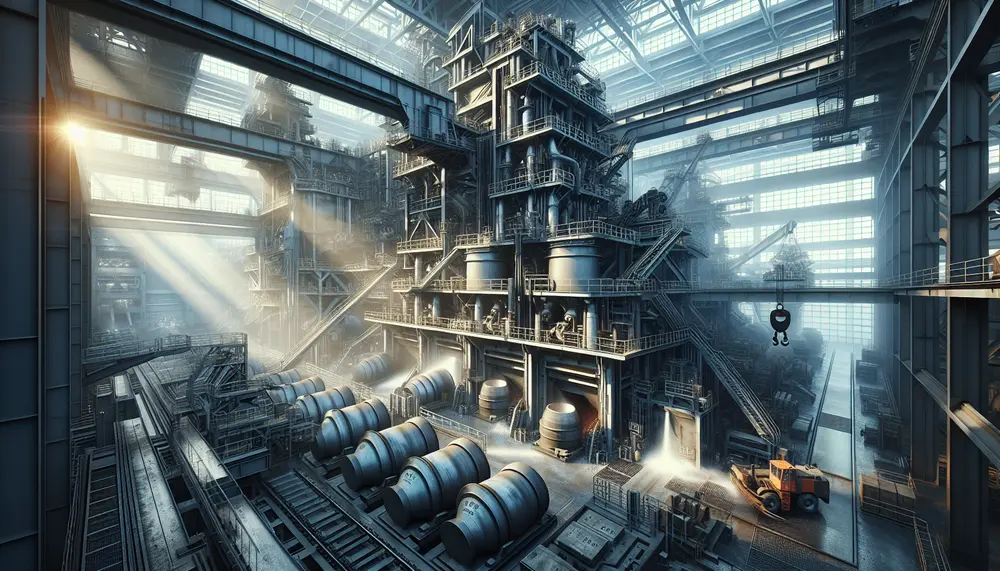
The steel making degassing process is essential for producing high-quality steel by removing dissolved gases like hydrogen, nitrogen, and carbon monoxide to prevent material defects. Vacuum degassing enhances the mechanical properties of steel, crucial for applications in construction and manufacturing,...
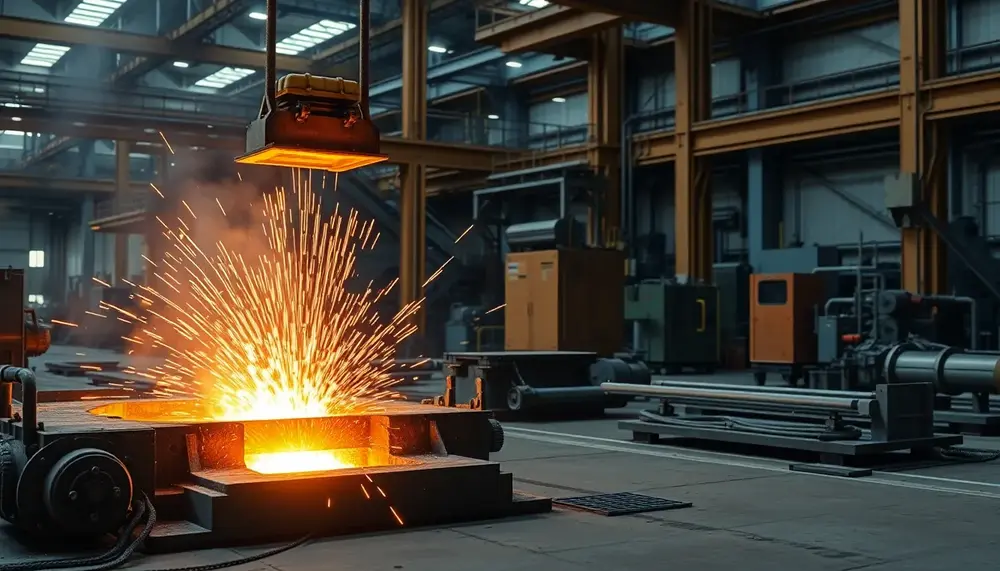
The article explores global steel production, focusing on the Basic Oxygen Steelmaking (BOS) and Electric Arc Furnace (EAF) methods, highlighting their processes, environmental impacts, and adaptability. It emphasizes how sustainability trends are reshaping these techniques while secondary steelmaking refines quality...
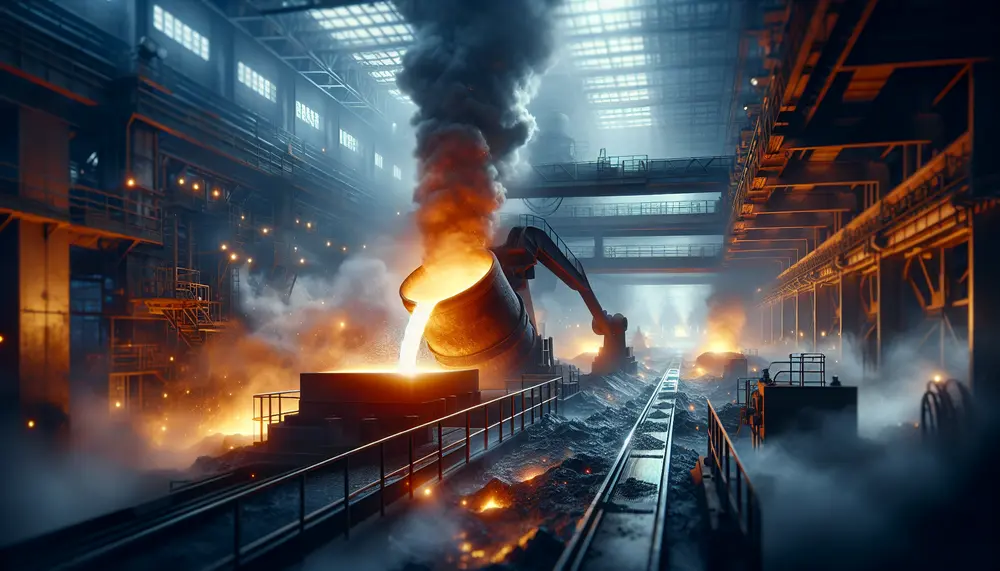
Secondary steelmaking refines and adjusts the composition of steel to meet specific standards, involving processes like deoxidation, desulfurization, decarburization, alloying, and degassing. It is crucial for producing high-quality steel with desired properties such as strength and corrosion resistance. The role of...
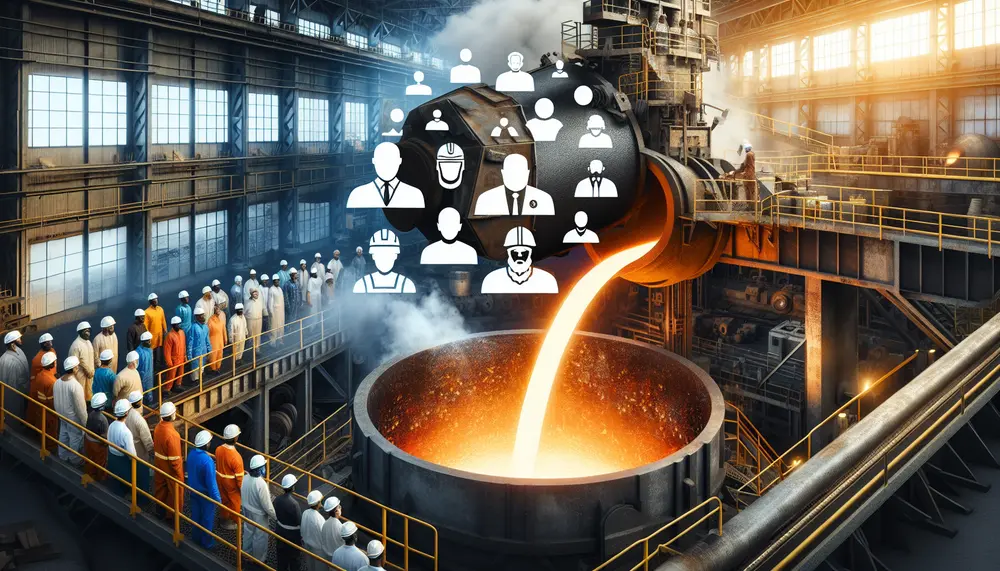
The concept of steelmaking grade is crucial in determining the quality and properties of steel, influencing efficiency, durability, and safety across various industries. Steel grades are classified based on chemical composition and production processes, with advancements in technology and global...
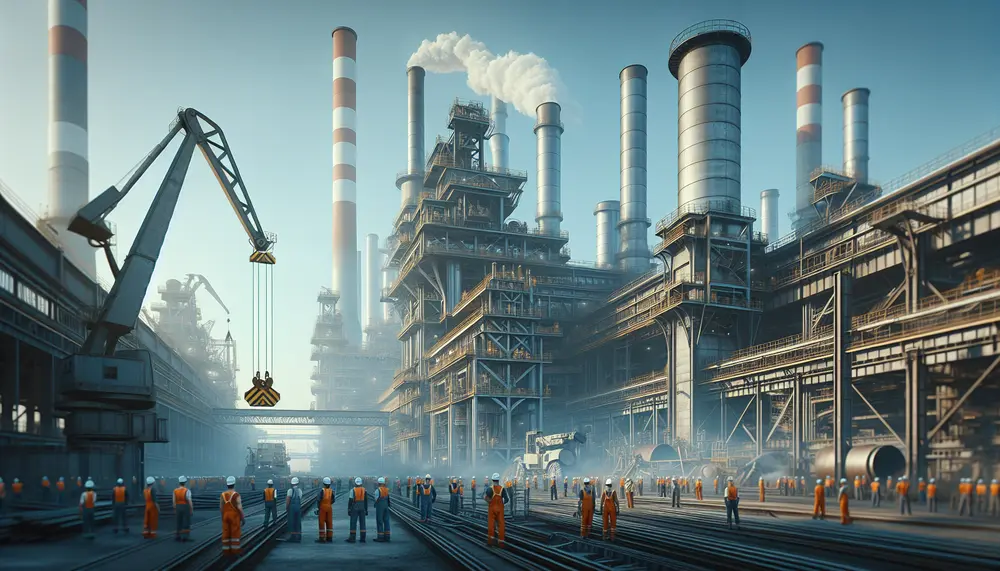
The article discusses the state-wise analysis of steel production, highlighting how factors like resources, infrastructure, and policies influence each state's output. It emphasizes that such an overview provides insights into economic development patterns and helps stakeholders make informed decisions regarding...
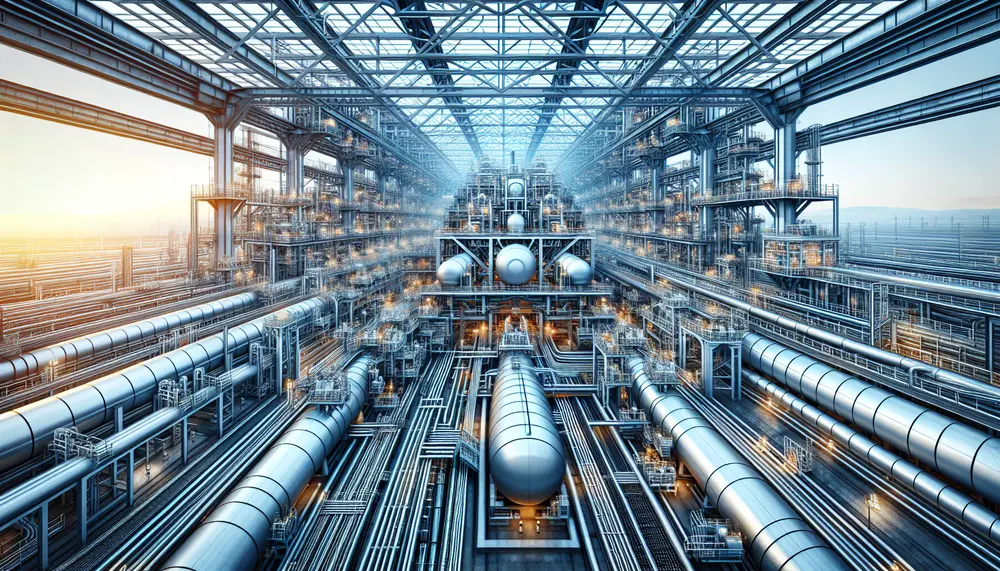
Hydrogen is revolutionizing steel production by serving as a cleaner reducing agent, enabling the industry to reduce carbon emissions and align with sustainability goals. However, integrating hydrogen technology faces challenges such as infrastructure overhaul, storage and transportation logistics, economic factors,...
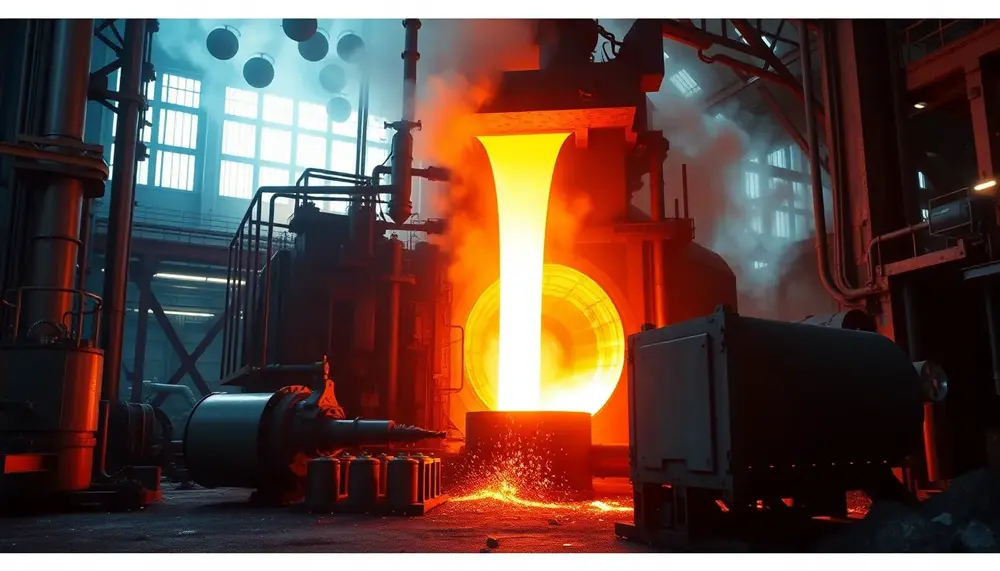
Steelmaking combines science and engineering to transform raw materials into tailored steel products through precise control of temperature, composition, and reactions. Its evolution reflects human innovation, from ancient smelting techniques to modern sustainable methods driven by advanced theoretical principles like...
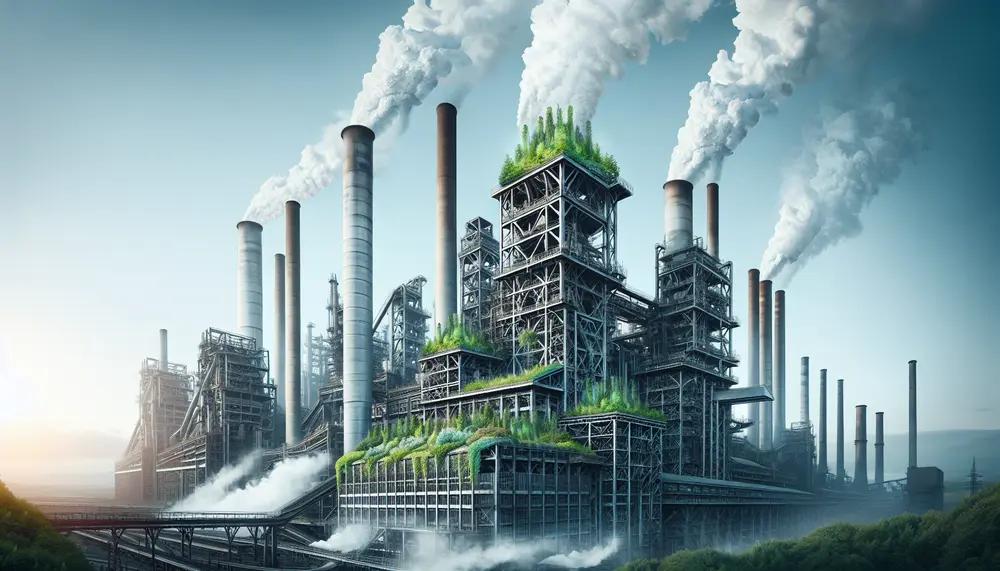
Steel production is essential to modern industry but generates significant emissions, with the traditional Blast Furnace-Basic Oxygen Furnace (BF-BOF) method being particularly carbon-intensive. Innovative strategies like smart manufacturing and alternative energy sources are being adopted to reduce these environmental impacts,...
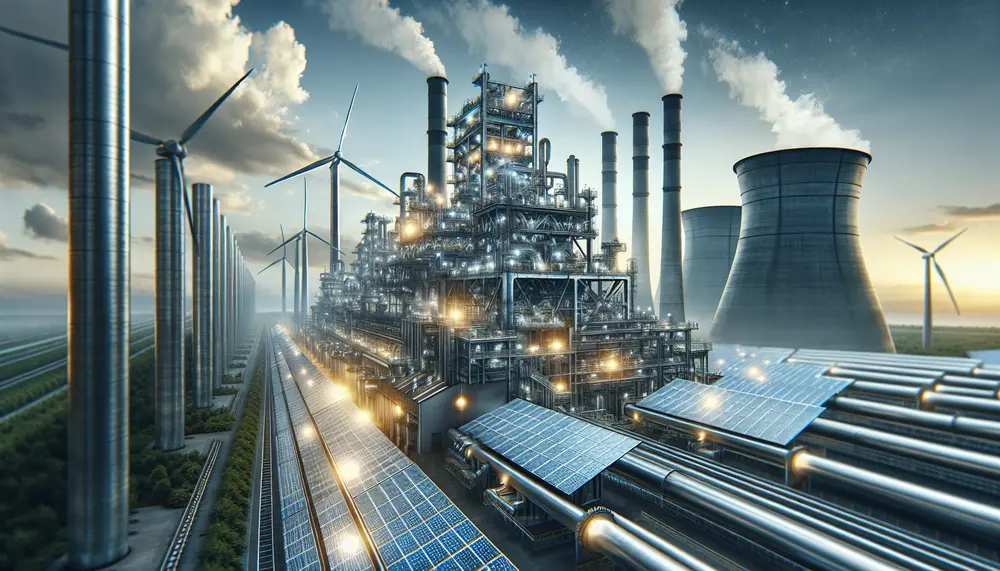
Steelmaking is highly energy-intensive, with the traditional blast furnace-basic oxygen furnace (BF-BOF) route being more so than the electric arc furnace (EAF) method which uses recycled steel scrap. Understanding and managing energy consumption in these processes are crucial for economic...
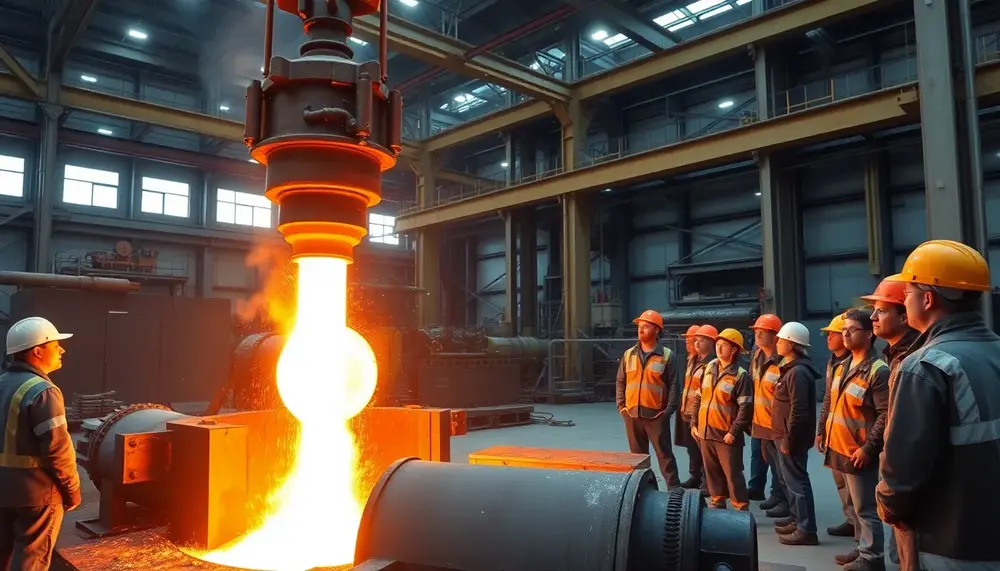
Turkdogan’s Fundamentals of Steelmaking provides a deep, principle-based understanding that connects theory to practice, making it essential for anyone aiming to master or innovate in modern steel production....
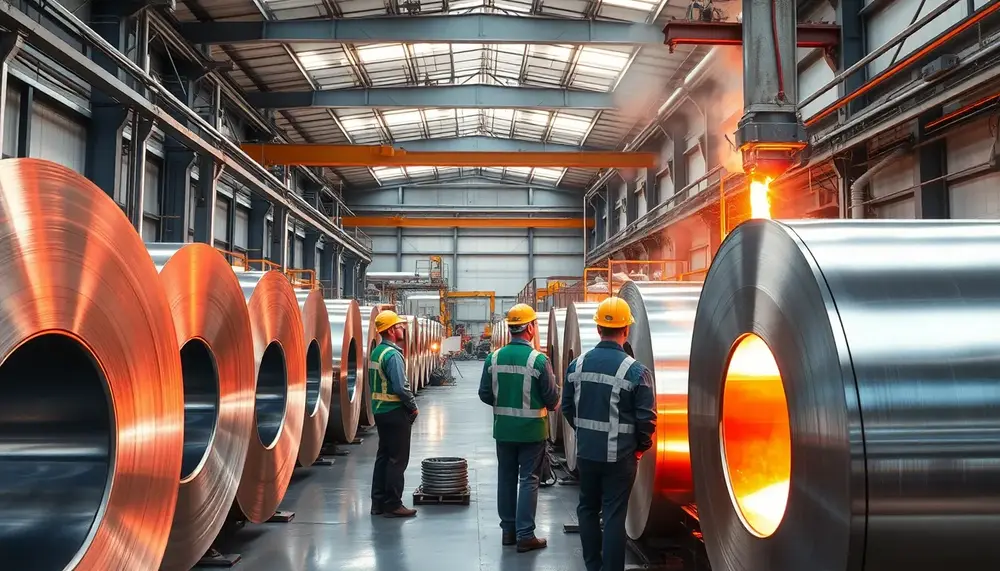
Stainless steel manufacturing is a precise, multi-stage process combining advanced technology and strict quality control to produce durable, corrosion-resistant materials....
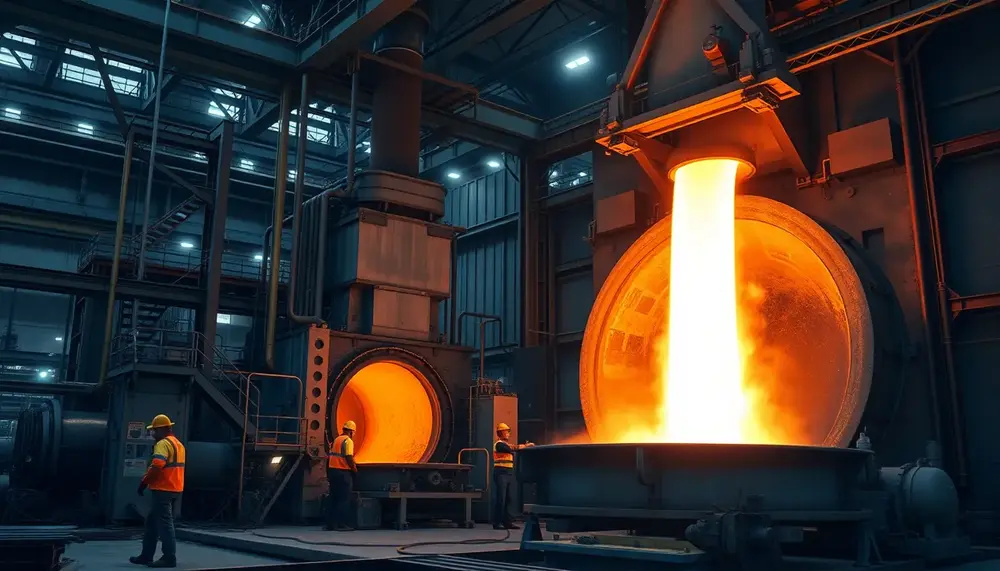
Converters are the core of modern steelmaking, rapidly transforming raw iron into high-quality steel through precise oxygen blowing and advanced process control. Their evolution—from Bessemer’s air-blown vessel to today’s digitally monitored systems—enables flexible, efficient production that meets diverse industrial demands....
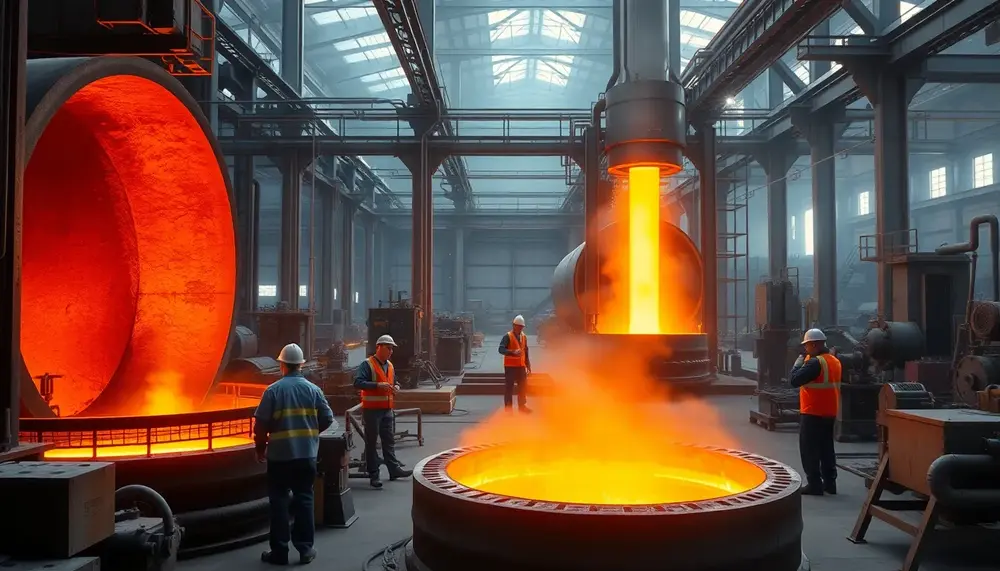
Secondary steelmaking refines and customizes steel after primary production, enabling precise control over composition and purity to meet modern industry demands. Key stages include deslagging, alloy addition, temperature adjustment, degassing, inclusion modification, and homogenization using advanced technologies like ladle furnaces...
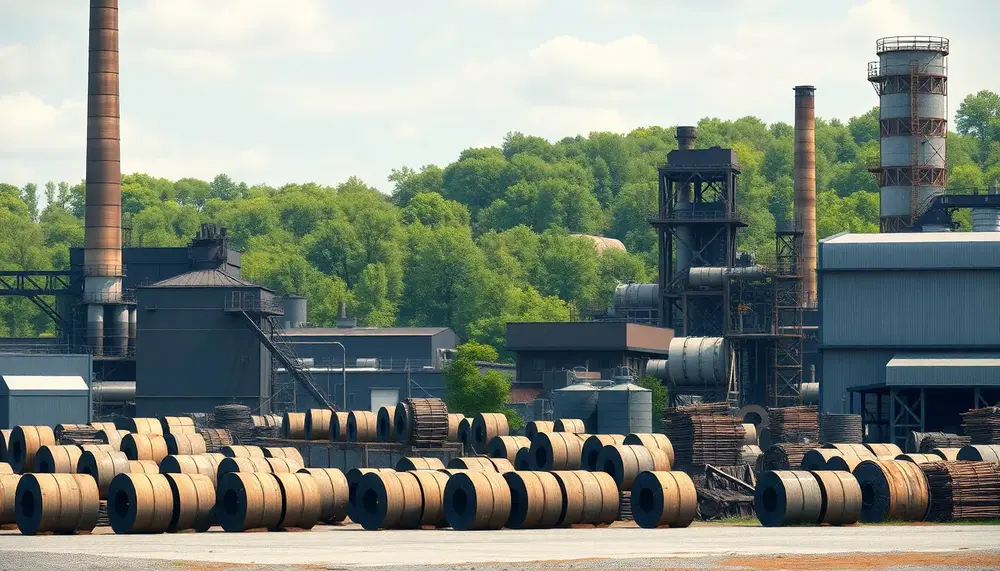
Steel production faces major environmental challenges, including high CO2 emissions, water and air pollution, waste management issues, and resource depletion. Innovative solutions like hydrogen-based processes and closed-loop water systems are emerging to reduce the industry's ecological footprint....
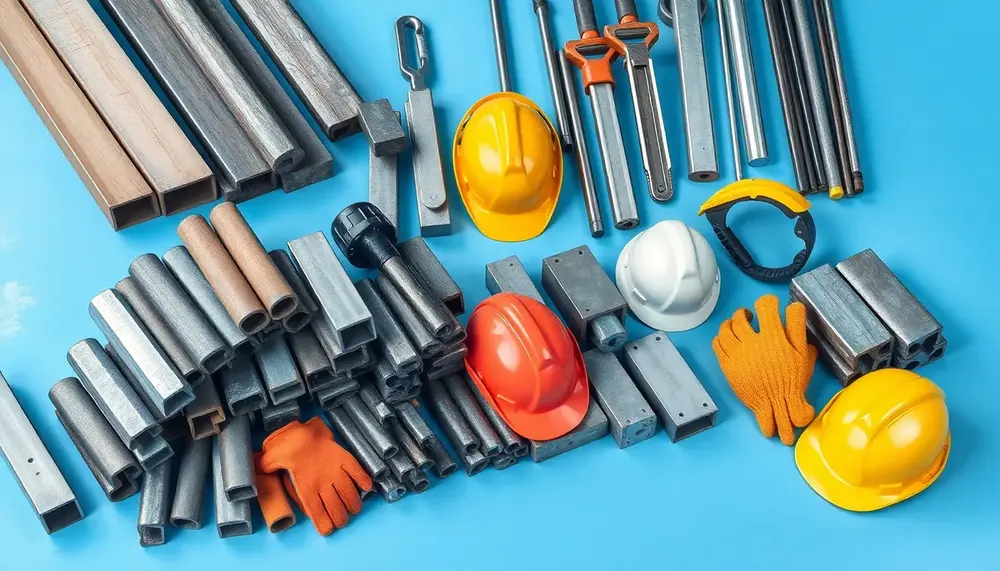
Steelmaking nouns are essential for clear communication and safety in the steel industry, with evolving terminology requiring an up-to-date glossary. This article explains key terms like alloy, arc furnace, austenite, blast furnace, billet, basic oxygen process, carbon content, converter, casting,...
